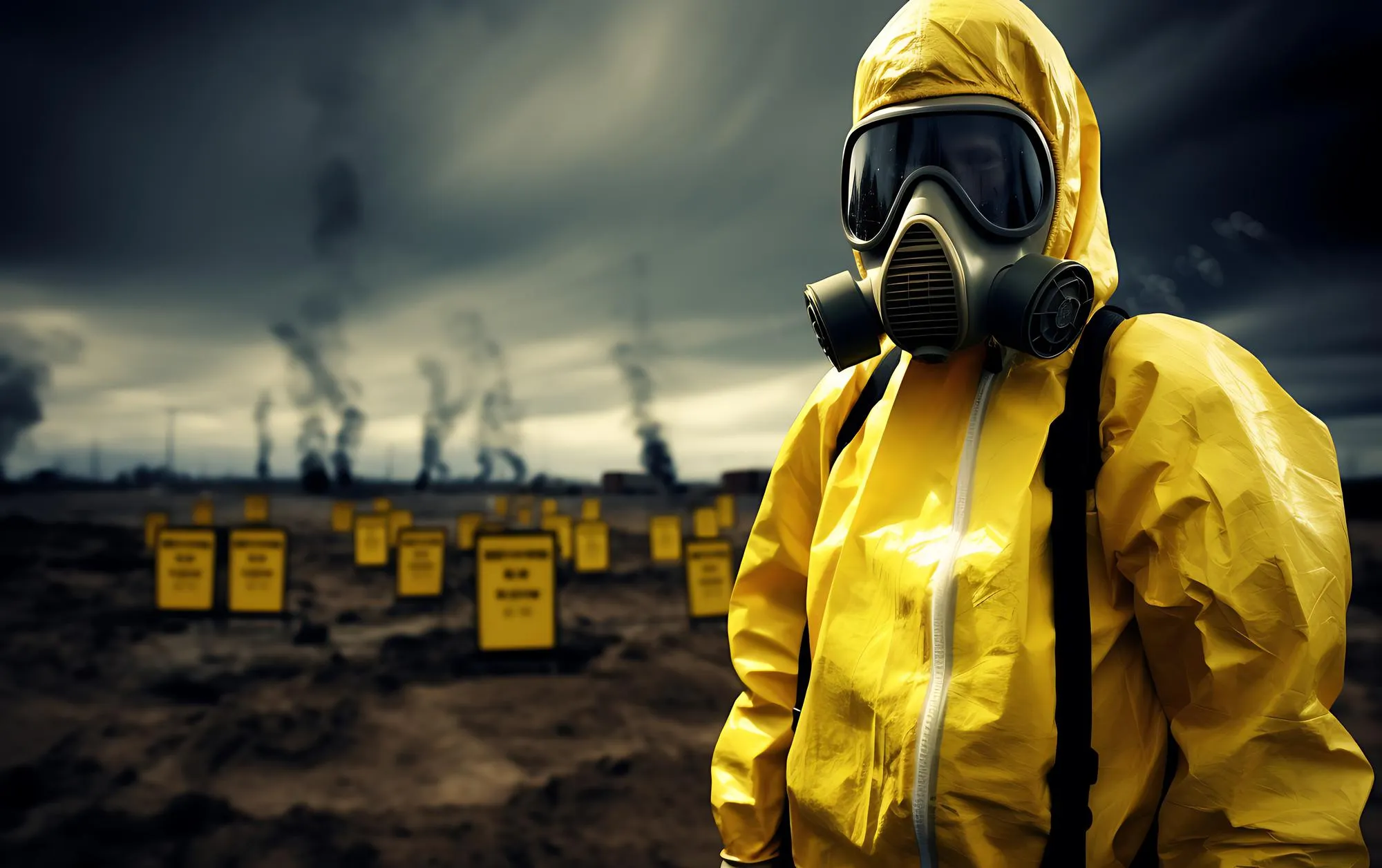The threat of chemical terrorism remains a pressing concern across the globe as terrorist factions and rogue entities continue to seek non-conventional methods for inciting fear and chaos. The use of highly toxic chemical warfare agents represents one of the most nefarious forms of such attacks, given their potential for mass casualties and the challenges posed in rapid identification and neutralization. As part of the global initiative to combat these threats, a groundbreaking symposium review, published in the ‘Yakugaku Zasshi: Journal of the Pharmaceutical Society of Japan’, presents a profound advancement in countermeasure strategies.
DOI: 10.1248/yakushi.18-00166-5
Yasuo Seto, from the Third Department of Forensic Science at the National Research Institute of Police Science in Japan, reports on analytical methods developed by his team for the detection of nerve gases following high or low levels of exposure. This work, chronicled in the June 2019 issue (Volume 139, Issue 5, pages 715-724) of the esteemed journal, details the innovation and practical application of these sophisticated methods in the field.
The two-tiered approach to detect nerve gas exposure revolves around measuring both the hydrolysis products after a high level of exposure and the adducts formed with blood enzymes after a low level of exposure. The first methodology employs a strong anion exchange extraction combined with tert-butyldimethylsilyl derivatization, followed by selectable one-dimensional or two-dimensional gas chromatography-mass spectrometry (GC-MS). This combination allows for the precise detection of nerve gas hydrolysis products, critical for the immediate identification of exposure and the rapid implementation of decontamination and medical intervention strategies.
For scenarios involving low-level exposures, which can be equally pernicious due to their sublethal but potentially debilitating effects, the team has honed two additional technologies. One involves the purification of adducts formed between the nerve gas and blood cholinesterase, followed by enzymatic digestion and detection via liquid chromatography-mass spectrometry (LC/MS). The other technique relies on fluoride-mediated regeneration of the enzyme-inhibitor complex, solid-phase extraction, and large volume introduction GC-MS for conclusive analysis. These assays are instrumental in providing actionable insights during the aftermath of a suspected chemical attack when prompt treatment can make a difference in mitigating long-term health consequences.
These advanced analytical techniques elucidated in Seto’s review represent a significant step forward in preparing for, and responding to, chemical warfare incidents. The precision and reliability offered by such approaches underscore the article’s relevance to both the scientific community and national security agencies worldwide. By facilitating quicker and more accurate identification of chemical agents, these methods provide a vital edge in the ongoing fight against terrorism.
The research findings presented in the journal article not only outline the methods but underscore the importance of their integration into national and international security protocols. As the threat landscape evolves and the risks of chemical warfare become more pronounced, it is incumbent upon governments and international bodies to adopt the latest technologies and methodologies to safeguard populations against these insidious threats.
Moreover, such pioneering research highlights the necessity of continual investment in scientific exploration and the development of cutting-edge analytic techniques to stay ahead of malevolent actors. These methodologies can also be leveraged for enhancing capabilities in non-terrorism-related incidents, such as industrial accidents or environmental monitoring, showcasing the versatility and broad applicability of the innovations detailed in the study.
References
1. Seto, Y. (2019). [Analysis of Countermeasures against Chemical Terrorism]. Yakugaku Zasshi: Journal of the Pharmaceutical Society of Japan, 139(5), 715-724.
2. Timperley, C. M., Forman, J. E., Abdollahi, M., Al-Amri, A. S., Alonso, I. P., Baulig, A., … & Trapp, R. (2017). Advice on Chemical Weapons: Aspects of the Chemical Weapons Convention. Pure and Applied Chemistry, 89(9), pp. 1287-1325.
3. Black, R. M., & Muir, B. (2003). Detection of the nerve agent sarin in environmental samples from a chemical warfare agent release. Chromatographia, 58(5-6), pp. 343-349.
4. Saito, K., Kishi, S., & Yuasa, J. (2003). Analytical chemistry for the detection of chemical/biological terroristic agents. Analytical Sciences, 19(1), pp. 5-15.
5. Szinicz, L. (2005). History of chemical and biological warfare agents. Toxicology, 214(3), pp. 167-181.
Keywords
1. Chemical Terrorism Countermeasures
2. Nerve Gas Detection Techniques
3. Analytical Methods for Chemical Warfare
4. Mass Spectrometry in Terrorism Prevention
5. Counterterrorism Analytic Technologies
In conclusion, vigilance and advanced preparation remain the cornerstones in the campaign against chemical terrorist threats. The methods and observations presented by Yasuo Seto are invaluable assets in the arsenal of preventive measures. As the global community continues to confront the specter of chemical terrorism, the commitment to research and development in analytical sciences will serve as the bedrock of our resolute stance against these hidden dangers. The symposium review documented in ‘Yakugaku Zasshi’ is more than a mere glimpse into the world of forensic science; it is a declaration of progress and readiness in a world fraught with unseen perils.
